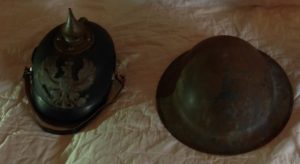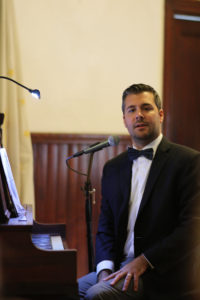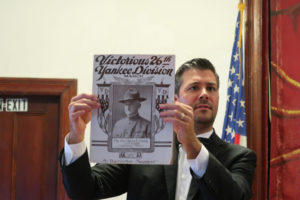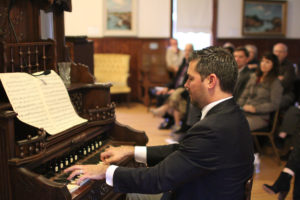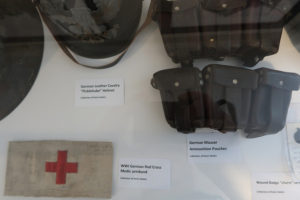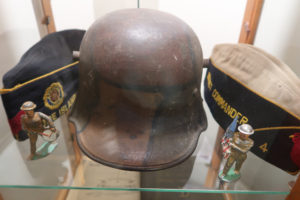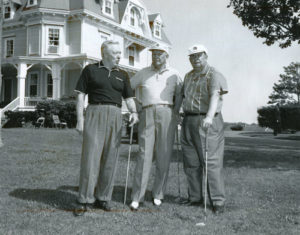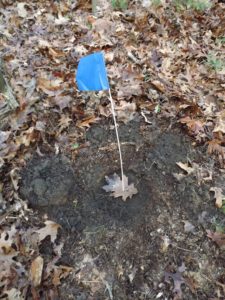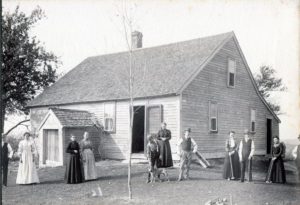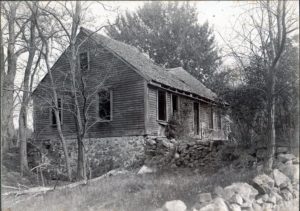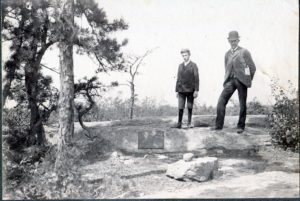1:30 pm, May 20, 2018 Annual Meeting of BVHS
2:00 pm, May 20, 2018 Kevin Klyberg, The War of 1812 and the Development of the Blackstone Valley
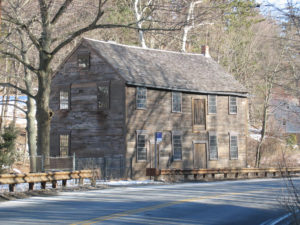
The War of 1812 played a major role in the industrialization of the Blackstone Valley. While obviously no battles were fought here, the War of 1812 and the embargoes leading up to the war played a key role in launching the first textile industry boom in the Blackstone Valley, and therefore the United States, according to Kevin Klyberg, a national park ranger, who will be giving the annual Christine Nowak Memorial Lecture on May 20 at 2:00 pm.
Klyberg continues, “The ban on importation of textiles from Europe, beginning in 1807, inspired the creation of dozens of new textile mills across the Blackstone Valley. In many ways, the cotton mill boom of this era is what really made the Industrial Revolution revolutionary, as it expanded the textile industry beyond a handful of sites. By 1815 the Blackstone Valley had transformed into an industrial landscape, and the United States was on its way to becoming a manufacturing powerhouse. “
Ranger Kevin Klyberg has been working with the National Park Service for 21 years, first for the Blackstone River Valley National Heritage Corridor and now for the Blackstone River Valley National Historical Park (www.nps.gov/blac/index.htm) .
During that time he has shared the sites and stories of the Blackstone Valley with thousands of visitors.
The Christine Nowak Lectures were begun in 2013 in memory of Nowak, a respected local journalist and past president of the Society.
Free event. All welcome. Refreshments. Meeting downstairs, Lecture upstairs.
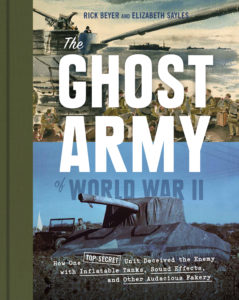
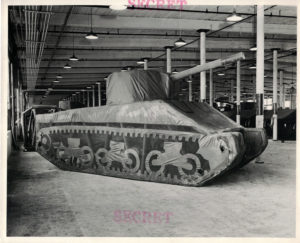

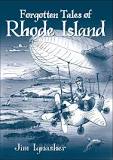 2:00-4:00 pm
2:00-4:00 pm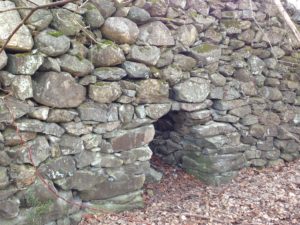

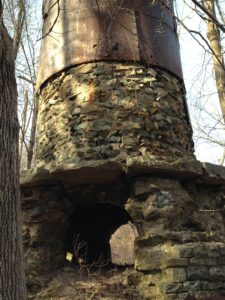

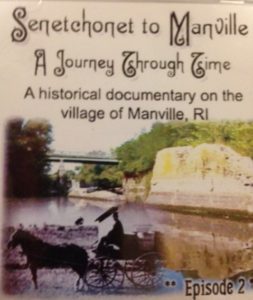
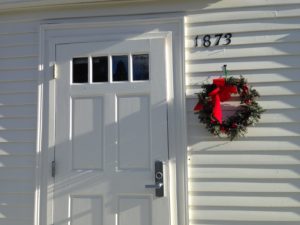
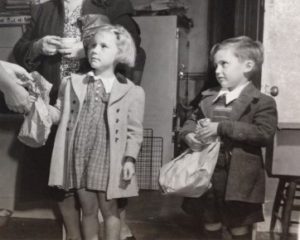
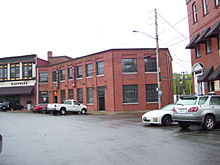 Open House and Santa’s Workshop at the Museum of Work and Culture, December 2, 1-5 pm. The Rhode Island Historical Society invites the community to visit the Museum of Work & Culture on
Open House and Santa’s Workshop at the Museum of Work and Culture, December 2, 1-5 pm. The Rhode Island Historical Society invites the community to visit the Museum of Work & Culture on 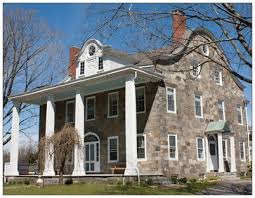
 3:00 PM
3:00 PM 
